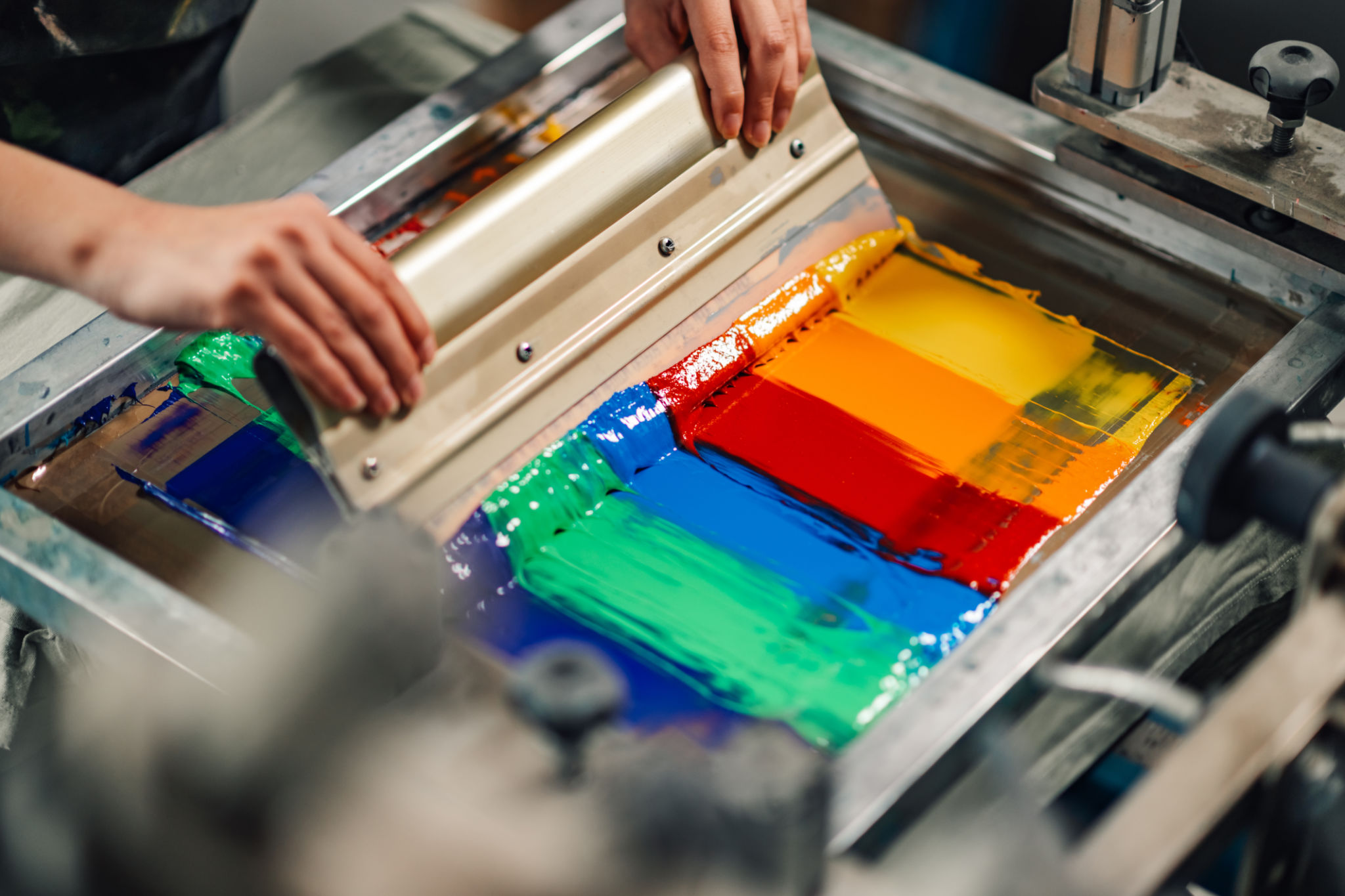Comparing Customization Techniques: DTF vs. Screen Printing vs. Embroidery
Introduction to Customization Techniques
In the world of apparel and merchandise customization, choosing the right technique is crucial to achieving the desired look and durability. Three popular methods stand out: Direct-to-Film (DTF) printing, screen printing, and embroidery. Each has its unique advantages and challenges, making them suitable for different projects and materials. In this post, we'll dive into these techniques to help you decide which one suits your needs best.

Understanding DTF Printing
Direct-to-Film (DTF) printing is a relatively new technique that involves printing designs onto special films, which are then transferred onto fabric using heat. This method is gaining popularity due to its ability to produce vibrant, full-color prints on a variety of materials. One of the key benefits of DTF printing is its flexibility in handling complex designs with gradients and intricate details.
Additionally, DTF printing offers excellent durability, as the ink bonds well with the fabric. This makes it ideal for garments that will undergo frequent washing, such as t-shirts and sportswear. However, it's important to note that DTF can be more costly than traditional methods, especially for small batch production.
Advantages of DTF Printing
- Vibrant, full-color prints
- Handles complex designs well
- Durable and long-lasting
- Suitable for a wide range of materials

The Classic Approach: Screen Printing
Screen printing has been a staple in the customization industry for decades. It involves creating a stencil (or screen) for each color in the design and applying ink through these screens onto the fabric. This method is particularly cost-effective for large orders, as the setup costs are spread over many items.
Screen printing is known for its vibrant colors and ability to produce bold, solid prints. However, it is less suitable for designs with multiple colors or intricate details due to the complexity and cost of creating multiple screens. The method also works best on flat surfaces and is not ideal for textured fabrics.
Benefits of Screen Printing
- Cost-effective for large orders
- Produces bold and solid colors
- Long-lasting prints

The Timeless Appeal of Embroidery
Embroidery offers a classic and sophisticated look that is often associated with high-quality apparel. This technique involves stitching designs directly onto the fabric using threads, which adds texture and dimension to the finished product. Embroidery is particularly well-suited for logos and text-based designs.
One of the standout features of embroidery is its durability; embroidered designs tend to withstand wear and tear better than printed ones. However, it's important to consider that embroidery can be more expensive due to the labor-intensive process and is best suited for smaller designs.
Why Choose Embroidery?
- Classic and sophisticated appearance
- Highly durable
- Ideal for logos and text

Conclusion: Choosing the Right Technique
The choice between DTF printing, screen printing, and embroidery largely depends on your specific needs, budget, and the nature of your design. If you require vibrant colors and intricate details, DTF might be the way to go. For large batches with fewer colors, screen printing offers a cost-effective solution. Meanwhile, if you're looking for a classic and durable finish, embroidery stands out as an excellent choice.
Ultimately, understanding the strengths and limitations of each technique will ensure that your final product meets your expectations in terms of appearance, durability, and cost. Whether you're customizing apparel for personal use or business purposes, these insights will help guide you to the perfect choice.